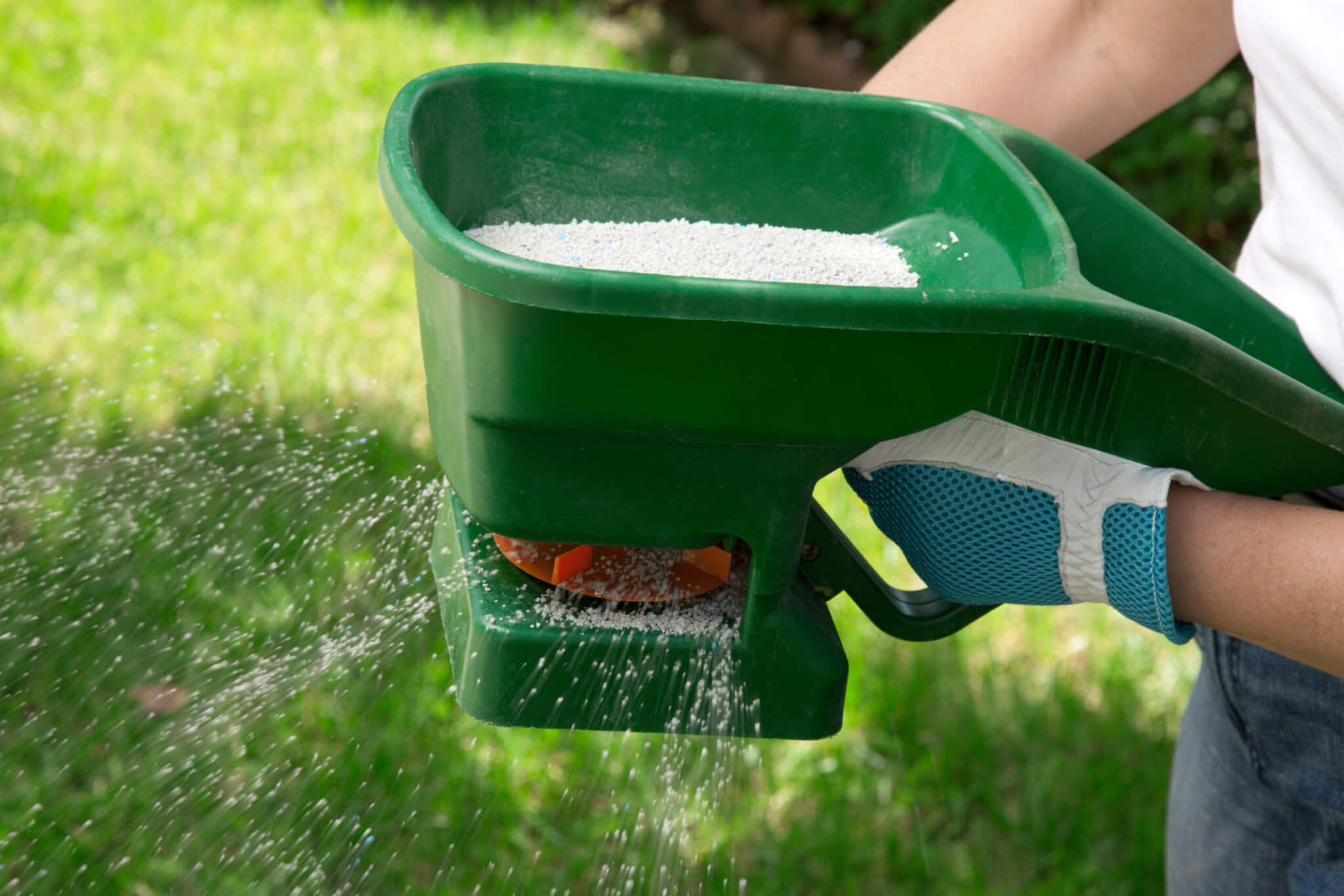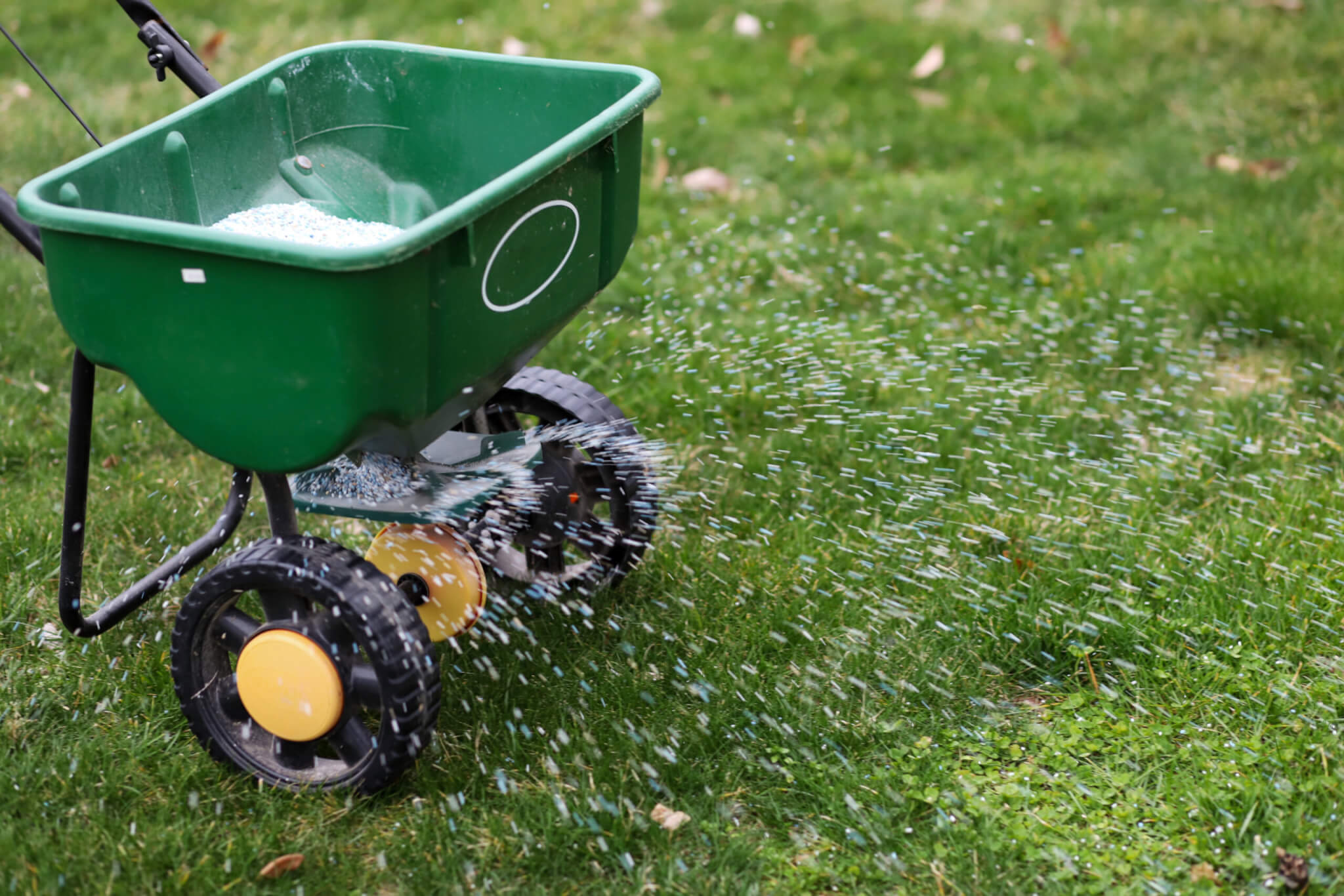Horticulture professor shares essential advice for a healthy lawn
"P
lants don’t know COVID-19 is here,” said Cale Bigelow, a professor of horticulture at Purdue University. “They don’t know if it’s a weekend or holiday. They’ve still got to be taken care of.”
With Americans spending more time at home, Bigelow sees an opportunity for homeowners to tackle postponed lawn care projects and get their yards in top shape. Bigelow shared his advice on how to have a healthy lawn.
What is the best way to start working toward a healthy lawn?
I always preach that the best defense against lawn pests is to cultivate a dense, healthy turf. And that turf starts with the right plant in the right place. In other words, selecting a lawn grass that’s appropriate for your expectations and how much time you plan to spend taking care of the turf. There are low-maintenance grasses and there are high-maintenance grasses.

There are roughly seven grass species that can be reliably grown in Indiana lawns and if you don’t want to do a whole lot there is probably one that fits that need too.
A lot of people think they want a Kentucky bluegrass lawn. The reality is, for it to look its best, Kentucky bluegrass is one of the lawn species that needs to be fed and watered the most. It is also the grass that’s most susceptible to insect damage, like grubs. If people don’t want to apply insecticides to their lawns, they should plant something like turf-type tall fescue instead.
Once you have the right plant in the right place, how can you care for your grass?
If someone hopes to have a healthy lawn, they need to be willing to feed their lawn at least twice a year. Most homeowners don’t feed their lawn even once a year, and that affects density as well as pest damage. With some grass species, you could probably get away with that, but your appearance expectations should be reduced significantly.
Generally, lawns should be fed in April or May and definitely be fed once more between mid-September and mid-October. For people with higher expectations, another application in mid-summer with the right fertilizer is a good idea.
If you’re feeding properly, you can reduce weed encroachment and some diseases. That ultimately results in less need for pesticides to control these pests.

What type of feed should I buy for my grass?
The big-box stores have a lot of really good consumer products. The market leader for many decades has been Scotts. They’ve tried to make the process as simple as possible for customers. Hardware stores sometimes have their own brand, but that might be a seasonal three or four bag program. The important thing is to follow the instructions. If the bag says it covers 10,000 square feet and you have a lawn that is 5,000 square feet, using the entire bag would double feed your lawn. The more you feed it, the more it grows and the more it grows, the more you have to mow it. That’s not necessarily a good thing.

Do I need to water my lawn?
In the state of Indiana, probably 10% of lawns have an in-ground sprinkler system. I’m actually OK with that and many lawns do not need supplemental irrigation. A large part of my research efforts right now are about being more conservation-minded in terms of water. Indiana gets 45 inches of rain each year, which is enough to let lawns persist each year. That rainfall, however, is not evenly distributed. We faced serious water scarcity issues in 2012. That event highlighted the potential concerns for what we should use our water on, food production or lawns. That debate will continue, but in general an in-ground irrigation system is a luxury, not a need.

Can I use a weed killer on my lawn?
The biggest thing you need to pay attention to is the difference between weed killers and weed and grass killers. A lot of consumers don’t understand that the weed and grass killers will also kill their desirable grass in their lawns. Make sure that you have a selective herbicide for the weeds you are trying to kill, not the lawn grasses. Many ready-to-use products do a pretty good job explaining that on the package.
How frequently should I mow my lawn and how short should I keep it?
We traditionally recommend people mow their lawn at three to 3 ½ inches. That allows you to mow approximately once a week and not have large amounts of grass clippings sitting on the surface. Those can detract from the appearance of the lawn.
We also, suggest mowing based on the 1/3 rule. In simple terms, the one-third rule means you only want to cut off the top one-third of your grass blades. The rationale behind the rule is preserving the root system and overall plant vigor. If you mow too close, you can shock the root system and the plant will take away energy, which it might need later.

Where can I find additional lawn care information and resources?
We have a lot of free and useful Extension publications on our website. We also have the Purdue Turf Doctor app, which is a great value for only $1.99. I would say 99% of lawns have some kind of problem whether it’s a weed, disease or insect. The app helps people identify those pesky pests that might invade their lawns and select correct products to suppress those pests.







